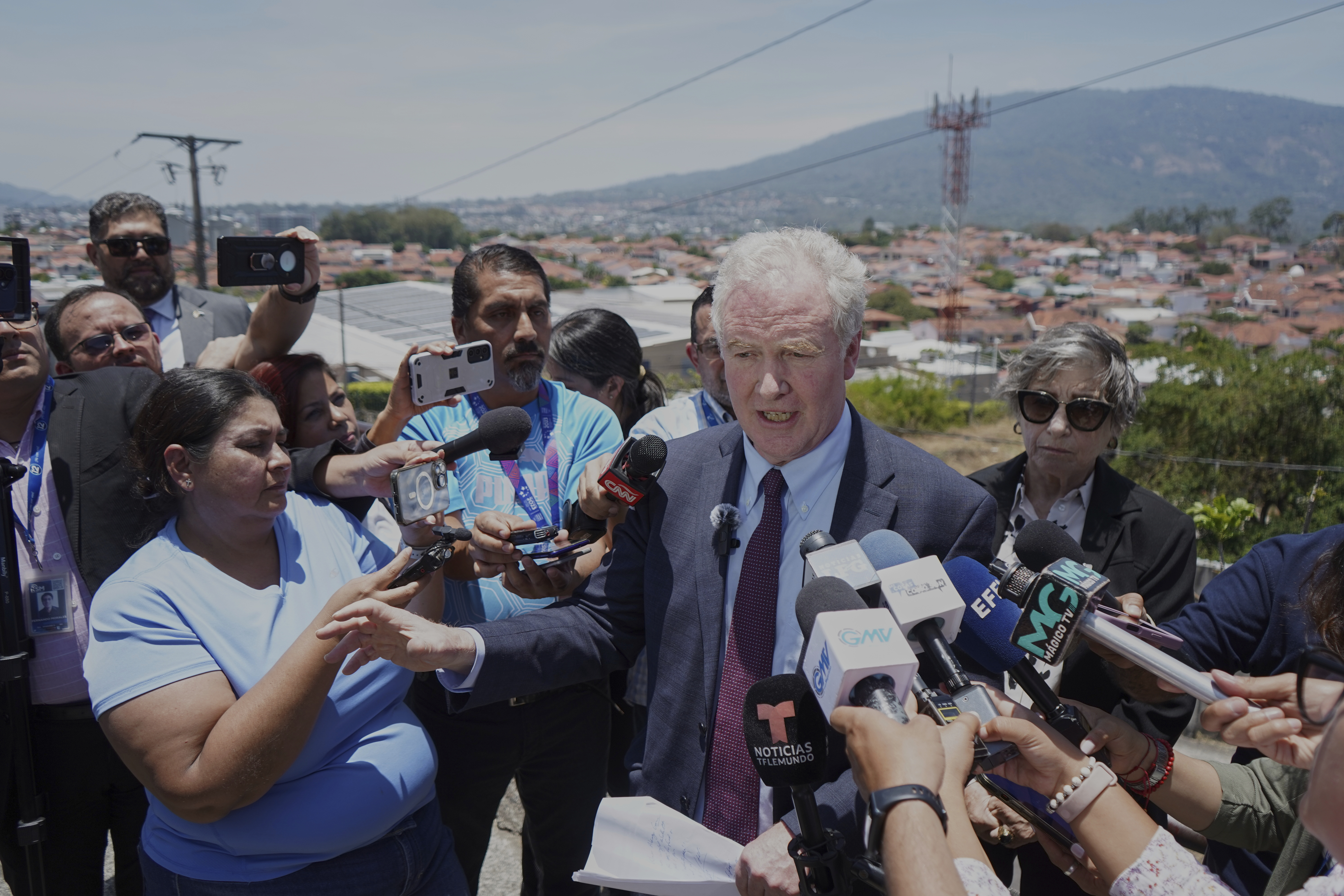What do hurricanes like Michael, Irma and Harvey all have in common? They all intensified into strong hurricanes very quickly — and storm researchers say this behavior could become more frequent as the planet warms up.
"Rapid intensification" occurs when a storm's winds increase by 35 mph in a 24-hour period. Every Category 4 or 5 Atlantic storm in 2017 went through it. In 2018, Michael unexpectedly became the strongest storm to ever hit the Florida Panhandle. In the Pacific, Hurricane Willa quadrupled its wind speeds in two days.
All hurricanes use the energy from warm ocean waters as their basic fuel, and especially warm waters are one of the main drivers behind this rapid intensification. Climatologists have found that in "the central and eastern tropical Atlantic," the magnitude of intensification is climbing — strong hurricanes are getting even stronger in that given amount of time.
But as Michael showed in the Gulf of Mexico, storms are also intensifying in places they're not necessarily predicted to. Ocean currents and the presence or absence of wind shear also affect how a storm evolves and can make intensification trends harder to nail down.
In other words, we still have a lot to learn about how and why storms ramp up, and good reason to. Improvements in forecasting where hurricanes go have saved lives. Learning to predict how and when they intensify could do the same.










